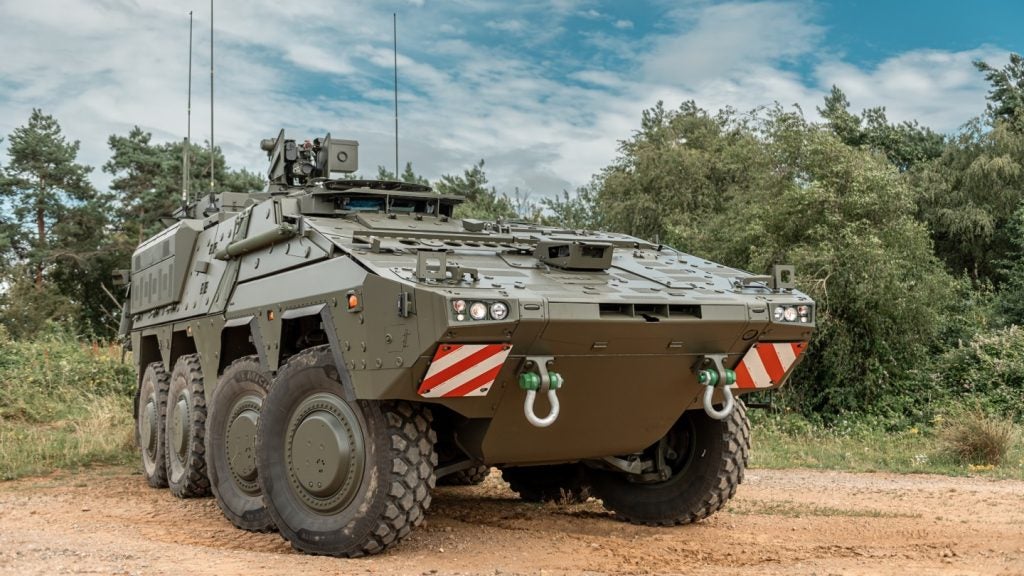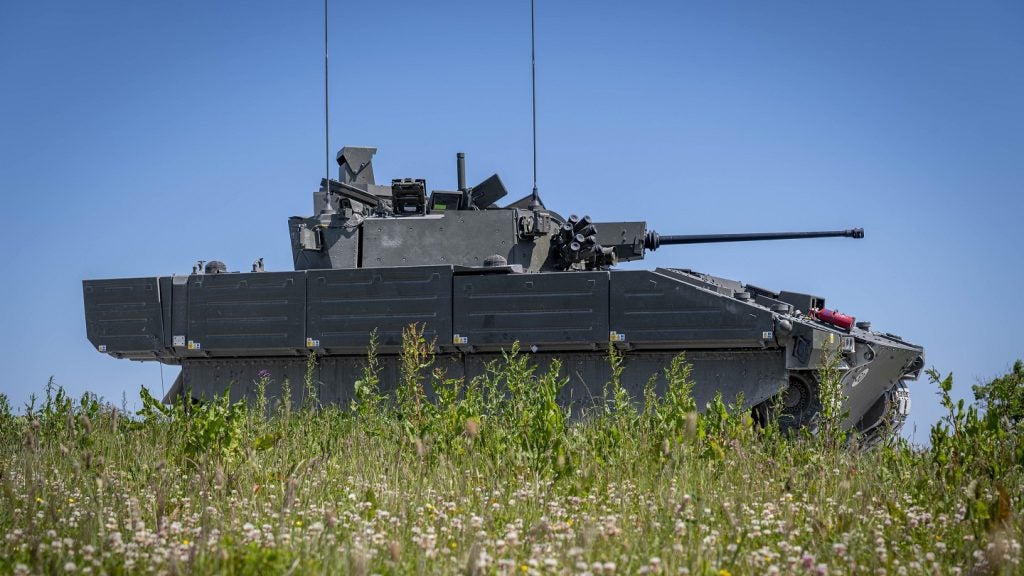The 510 PackBot is a multi-mission tactical mobile robot developed by Endeavor Robotics (formerly iRobot). It is designed for use by troops and first responders to carry out dangerous missions in high-threat battlefield scenarios.
Endeavor Robotics became part of the FLIR Government and Defence Business Unit’s Unmanned Systems and Integrated Solutions division when it was acquired by FLIR Systems in March 2019.
The 510 PackBot can perform surveillance and reconnaissance, chemical, biological, radiological and nuclear (CBRN) detection, building and route clearance, explosive ordnance disposal (EOD), HazMat handling, improvised explosives device (IED) detection, checkpoint, and vehicle and personnel inspections. It can be easily configured based on the operators’ mission needs.
More than 2,000 510 PackBots are deployed in Iraq and Afghanistan, and over 5,000 PackBots have been delivered to military and civil defence forces across the world.
Orders and deliveries of 510 PackBot
The PackBot was launched on to the market in 2002 and has undergone several adaptations and successes. In February 2007, iRobot released the 510 PackBot with an EOD bomb disposal kit, and the 3,000th robot was delivered in February 2010.
In October 2010, the US Army TACOM Contracting Center in Warren, Michigan, placed a $14m order for iRobot Aware 2 robot intelligence software and PackBot spares, in order to upgrade their 510 FasTac fleet of robots to the 510 PackBot standards. iRobot secured $4.4m worth international orders for the delivery of 27 robots in the first quarter of 2011.
The US Army’s robotic systems joint program office (RSJPO) awarded a five-year, $60m indefinite delivery / indefinite quantity (IDIQ) contract for the delivery of PackBot robots and spares in September 2011.
The RSJPO placed two orders totalling $6m with iRobot for the delivery of PackBot robot spare parts in May 2012. It also awarded a $30m four-year IDIQ contract with an initial $3m order for the PackBot robots with FasTac kits and associated spares in July 2013.
Brazil placed $7.2m worth of orders with iRobot for the delivery of 510 PackBots and spare parts in May 2013.
The Naval Surface Warfare Center, Indian Head Explosive Ordinance Disposal Technology Divison awarded a $7.6m contract to iRobot to perform upgrades and provide spares for 46 Man Transportable Robotic System (MTRS) robots in October 2014. The MTRS is based on the iRobot 510 Packbot multi-mission robot.
iRobot also received a $13m three-year IDIQ contract to deliver upgrades and spares for MTRS robots in October 2014.
510 PackBot design and features
The man-portable, easy-to-use 510 PackBot features a modular design, incorporating an array of sensors and interchangeable payloads. It can be deployed in less than two minutes and operates under all weather conditions.
510 PackBot has a length of 68.6cm with flippers stowed and about 88.9cm with flippers extended. The height with no payload / manipulator is 17.8cm and the width with flippers is 52.1cm. It weighs approximately 10.89kg without batteries. It is equipped with mechanical cable cutters, a PAN disruptor mount, and a head-mounted hook. A route clearance kit is attached to remove and probe buried obstacles.
Payloads, sensors and communications of 510 PackBot
The 510 PackBot accommodates eight payload bays. The front bay is mounted with an enhanced awareness payload (EAP) equipped with a wide-angle drive camera. The robot is also attached with a Manipulator 1.0 (510 3-Link Arm) to inspect hazardous materials. A 312x zoom adjustable turret camera with white and infrared lights is mounted at the end of Manipulator 1.0 to provide a wide range of views for safe inspection of objects.
The machine is also fitted with a small arm manipulator (SAM) featuring a fixed-focus colour camera to perform manipulation, interrogation and inspection. The User-Assist Package (UAP) of the robot facilitates semi-autonomous functionality and enhanced situational awareness.
The robot incorporates a variety of communications systems, such as a digital mesh radio kit with a frequency of 2.4GHz / 4.9GHz, two-way audio module, a headphone with microphone, and a global positioning system. Multiple high-resolution cameras are also installed to capture real-time imagery and video.
510 PackBot’s digital architecture also includes a LWIR thermal camera, a Flir Fido explosives detection sensor for ultra-sensitive vapour detection, and a HazMat kit to detect chemical and biological materials.
Operation and control of PackBot
The robot is remotely operated by two game-style hand controllers. It employs Aware 2 fifth-generation robot intelligence software.
A lightweight 15in Amrel laptop operator control unit (OCU) is used to store the high-resolution real-time imagery and video for post-mission analysis. The unit can also store manipulator arm poses and display robot location, orientation and its battery life. It also displays keyboard shortcuts to operate and control the robot without using a hand controller.
Power and performance of 510 PackBot robot
510 PackBot robot is powered by two BB-2590/U Li-ion rechargeable batteries, which provide continuous power for more than four hours. The robot is also provided with a set of BB-2590/U Li-ion spare batteries, two BB-2590 battery cradles and a battery charger.
The PackBot can climb stairs and navigate through narrow surfaces. It can traverse rubble, rock, mud, snow, and other difficult terrains.
The multi-mission robot has a speed of approximately 9.3kmph, can negotiate grades of approximately 60° and can operate in water depths of up to 3ft.


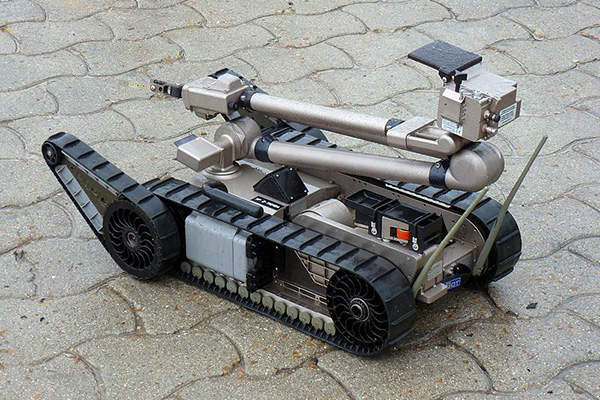
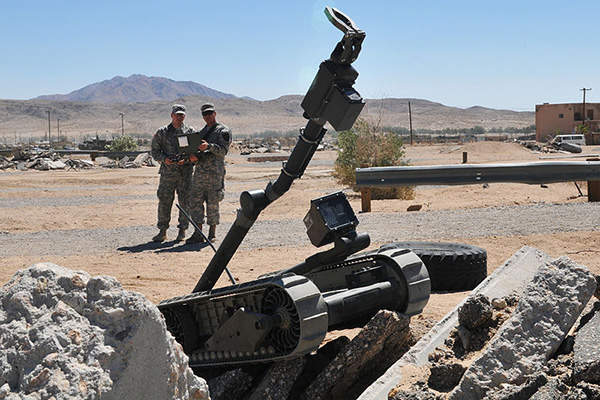
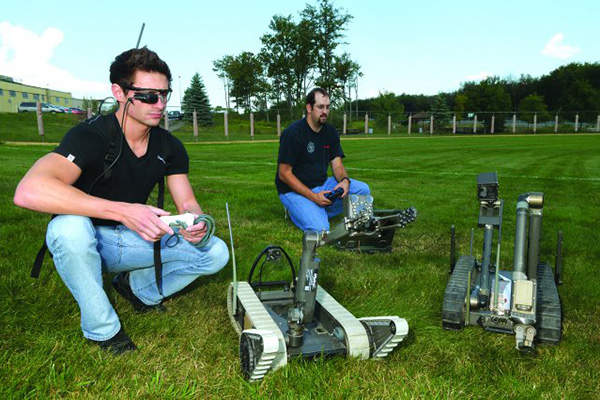
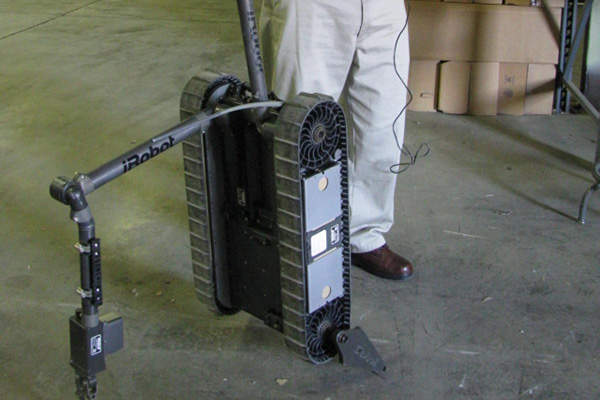


.gif)
